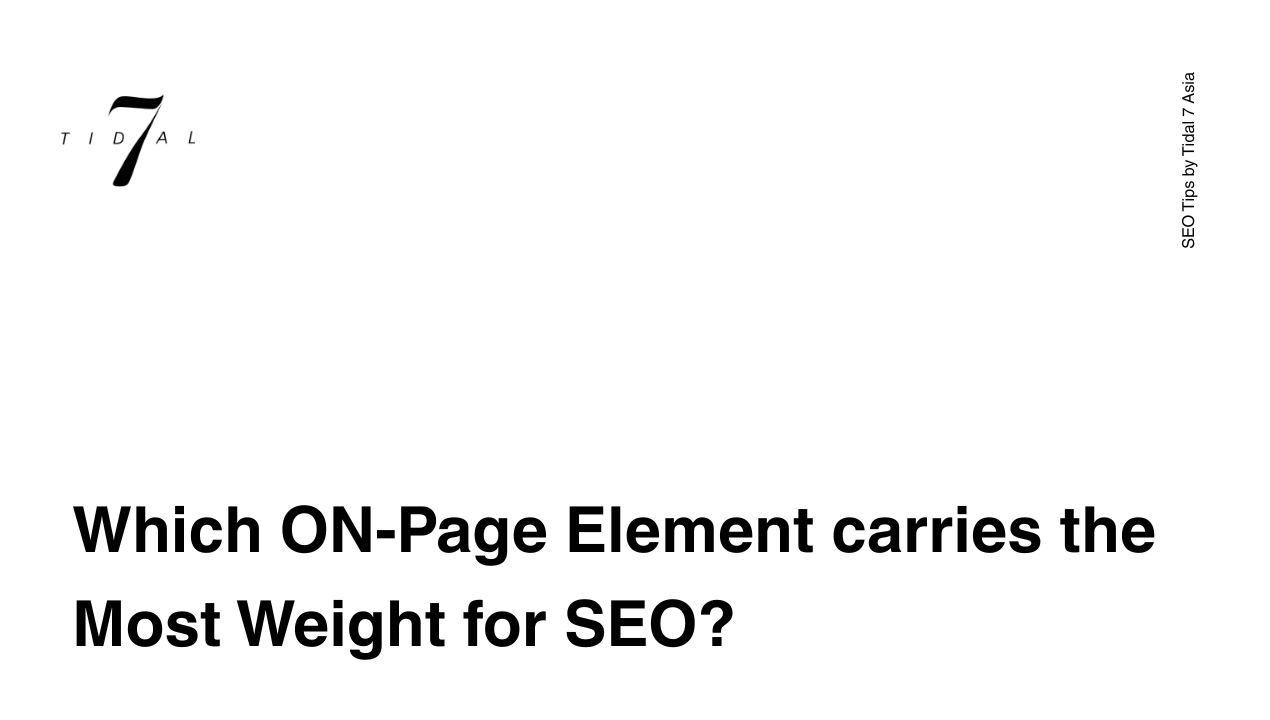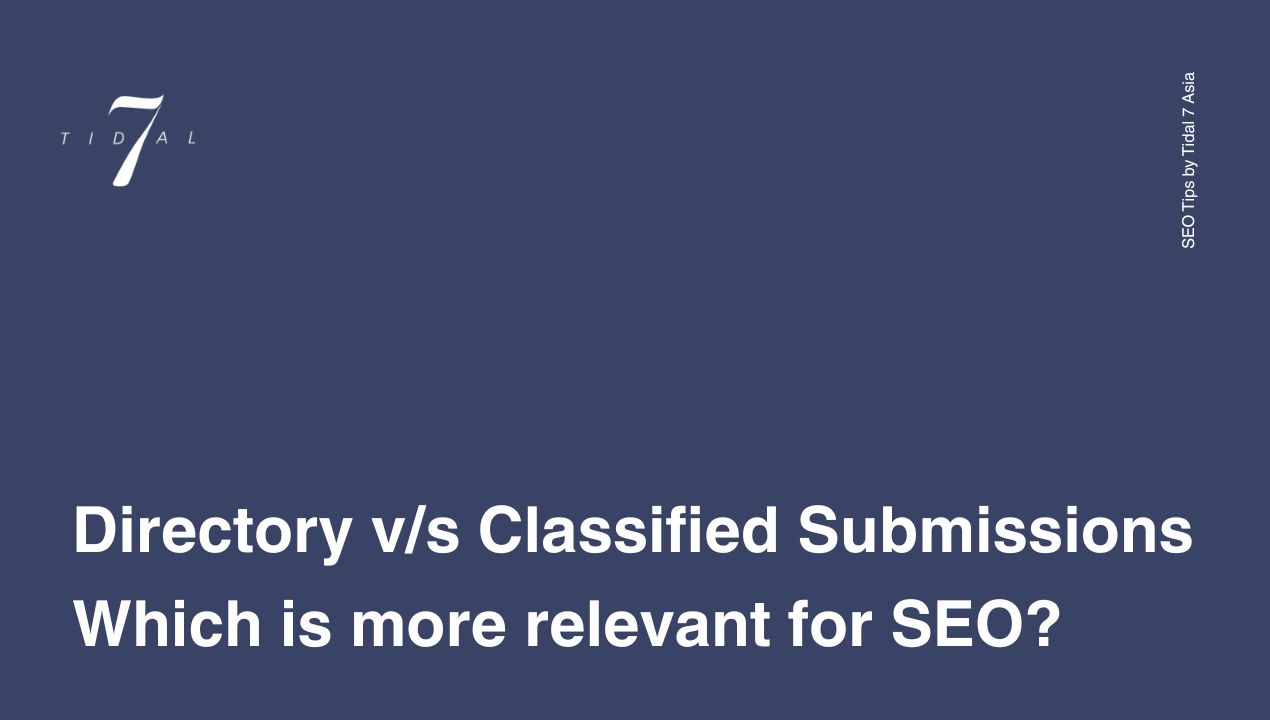
The Art and Science of AI-Enhanced Creative: Balancing Automation and Brand Excellence
The advertising industry stands at a fascinating crossroads. On one side, the promise of AI-driven creative tools offers unprecedented personalization at scale. On the other, the essential human elements of brand voice, emotional resonance, and creative intuition remain irreplaceable. The most successful marketers today aren’t choosing between these approaches—they’re blending them into powerful hybrid workflows that capture the best of both worlds.
The Personalization Imperative
Today’s consumers expect advertising that speaks directly to their needs, preferences, and circumstances. Generic, one-size-fits-all messaging increasingly falls flat in a world where Netflix knows exactly what you want to watch next and Spotify creates weekly playlists that feel eerily perfect.
This heightened expectation creates both challenges and opportunities. Brands must now deliver hundreds or thousands of creative variations to remain relevant across different audience segments, platforms, and moments in the customer journey. Traditional creative production methods simply cannot scale to meet this demand—not without breaking the bank or burning out creative teams.
Enter AI-enhanced creative optimization: the strategic application of artificial intelligence to scale creative production while maintaining—or even enhancing—brand impact and performance.
Building the AI-Human Creative Partnership
Successful AI-enhanced creative isn’t about replacing human designers and copywriters. Rather, it’s about redefining how they work by automating routine tasks, expanding creative possibilities, and enabling unprecedented testing and optimization. Here’s how leading brands are making this partnership work:
1. Establish Clear Creative Foundations
AI tools perform best when working within well-defined parameters. Before diving into AI-driven personalization, invest time in establishing:
- Brand voice guidelines with specific examples of appropriate tone and vocabulary
- Visual identity rules including color palettes, typography hierarchies, and layout principles
- Creative boundaries that define where AI has freedom to explore and where brand elements must remain consistent
- Performance benchmarks from previous campaigns to guide optimization efforts
These foundations serve as guardrails that ensure AI-generated variations remain on-brand while giving the systems enough flexibility to meaningfully personalize content.
2. Create Modular Creative Systems
The most efficient approach to scaled personalization involves breaking creative assets into component parts that can be recombined based on audience signals:
Headlines, subheadings, and body copy blocks that address different pain points or benefits Background images, hero shots, and supporting visuals for different contexts or emotional tones Call-to-action variations tuned to different stages of the customer journey Product imagery from multiple angles or in different usage scenarios
This modular approach allows systems to mix and match elements based on audience data while maintaining overall design coherence. A well-designed template system can generate thousands of variations from just dozens of component parts.
3. Layer In Dynamic Personalization
With foundations and systems in place, AI can then introduce personalization based on available data signals:
- Geographic references that ground messaging in local context
- Weather-based imagery that reflects current conditions
- Industry-specific terminology for B2B applications
- Behavioral signals that reference recent interactions
- Preference-based product recommendations
The key is thoughtful application—personalization should enhance relevance without creating a “creepy” feeling that the brand knows too much about the individual.
Maintaining Human Oversight
Even as AI handles more of the creative production process, human oversight remains essential at strategic junctures:
1. Creative Direction and Initial Concept Development
AI excels at variation but struggles with true originality. Human creative teams should still lead concept development, establishing the core messaging strategy and visual approach before AI systems begin generating variations.
2. Quality Control and Outlier Review
When generating hundreds or thousands of variations, outliers will inevitably emerge—combinations of elements that technically fit the rules but create awkward, off-brand, or potentially problematic messaging. Implement systems for human review of:
- Statistical outliers in the generated variations
- Random sampling across the full range of creative
- High-visibility placements that warrant extra scrutiny
The most sophisticated teams use AI tools to flag potential issues for human review rather than attempting to review every variation manually.
3. Performance Analysis and Strategic Adjustment
While AI can generate and test creative variations, human strategists remain essential for interpreting results and making higher-level adjustments:
- Identifying emerging patterns across multiple campaigns
- Connecting creative performance to broader business outcomes
- Recognizing diminishing returns from incremental optimization
- Determining when fresh creative approaches are needed
This strategic oversight ensures that optimization efforts don’t simply chase short-term metrics at the expense of long-term brand health.
Implementation Best Practices
Organizations successfully implementing AI-enhanced creative optimization typically follow these key practices:
Start With Defined Problems
Rather than broadly applying AI across all creative processes, identify specific challenges where automation can provide clear benefits:
- High-volume display campaigns requiring hundreds of size variations
- Product-focused advertising with large catalogs
- Localized marketing requiring geographical customization
- Retargeting campaigns needing personalization based on user behavior
This focused approach builds institutional confidence in AI tools while delivering measurable wins.
Build Cross-Functional Teams
Breaking down silos between creative, media, and analytics teams becomes even more critical when implementing AI creative systems. Cross-functional collaboration ensures that:
- Creative teams understand what data signals are available for personalization
- Media teams appreciate creative constraints and brand requirements
- Analytics teams can properly attribute performance across creative variations
- Technical requirements inform creative possibilities from the start
The most successful organizations create integrated workflows where these teams collaborate continuously rather than passing work sequentially.
Test, Learn, and Iterate
Implement structured testing protocols that help teams understand what kinds of personalization drive meaningful performance improvements:
- A/B test personalized creative against “best average” control versions
- Isolate variables to understand which elements drive performance
- Measure both immediate response metrics and longer-term brand impact
- Document learnings to inform future creative development
This disciplined approach prevents teams from getting caught in endless optimization loops without clear direction.
Looking Ahead: The Future of AI-Enhanced Creative
As AI creative tools continue to evolve, we can expect even more sophisticated applications:
- Generative AI producing original visual elements based on brand guidelines
- Natural language processing creating variations with more nuanced understanding of voice and tone
- Multivariate testing at unprecedented scale with automated insight generation
- Closed-loop systems that continuously refine creative based on performance
However, the fundamental principle will remain: the most effective approaches will combine AI’s scaling capabilities with human creative judgment and strategic oversight.
By thoughtfully integrating these technologies into creative workflows today, marketers can deliver the personalized experiences consumers expect while maintaining the brand consistency and creative excellence that builds lasting business value.




